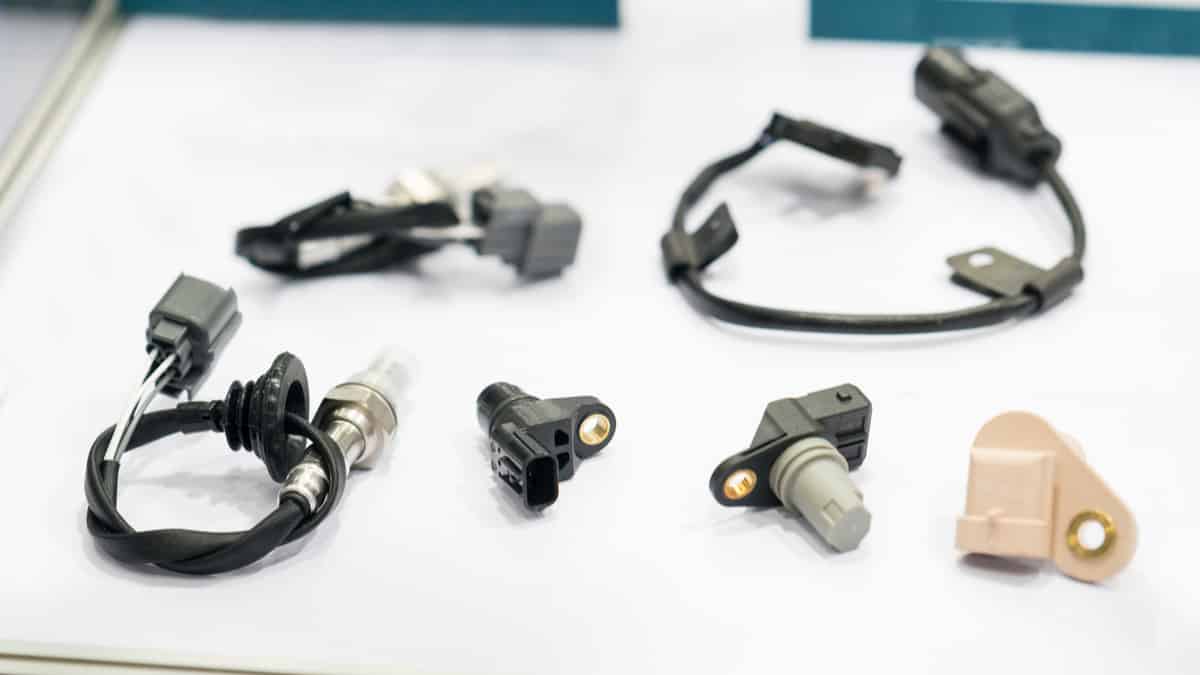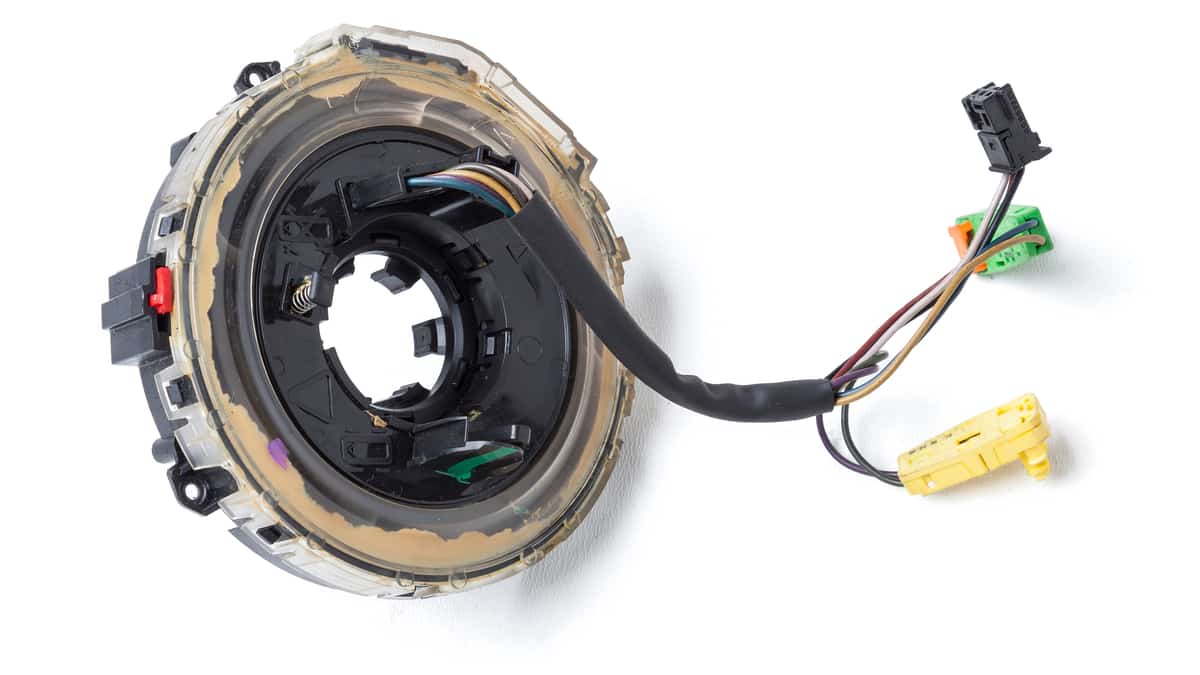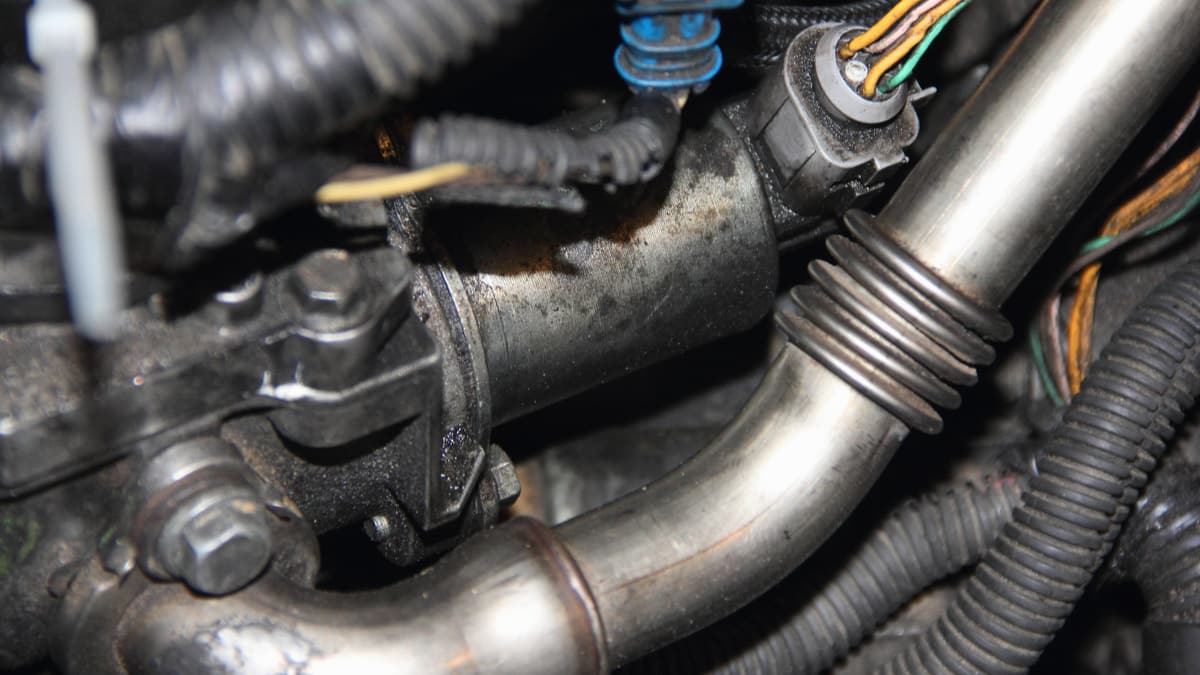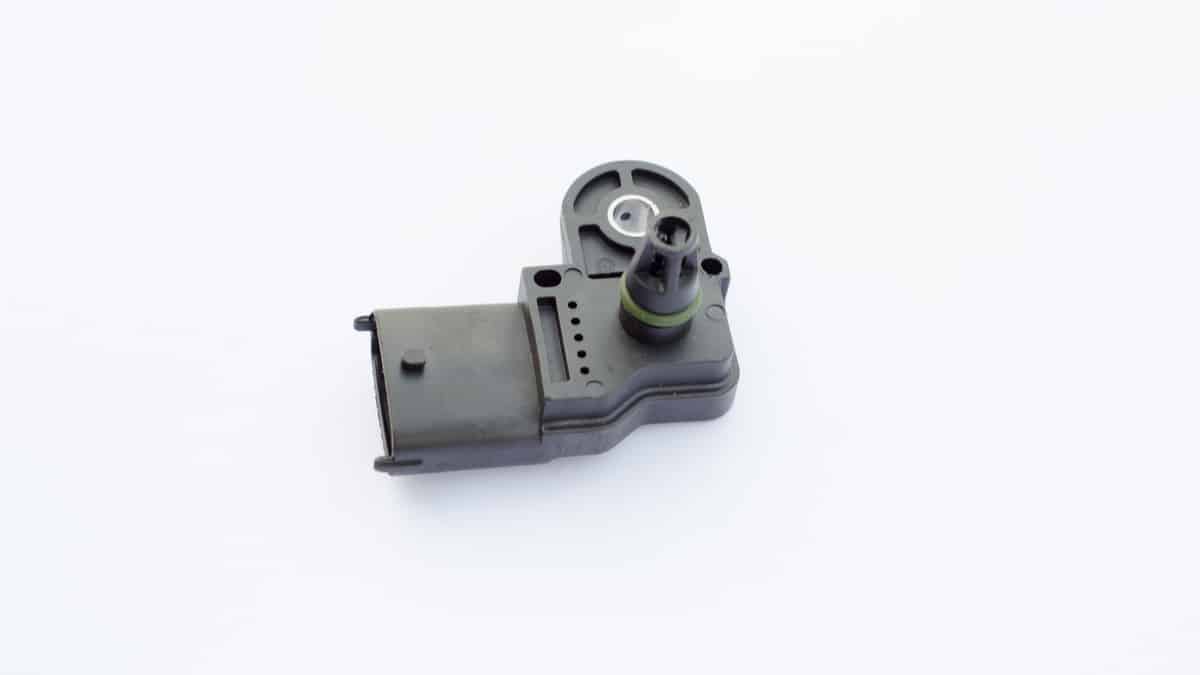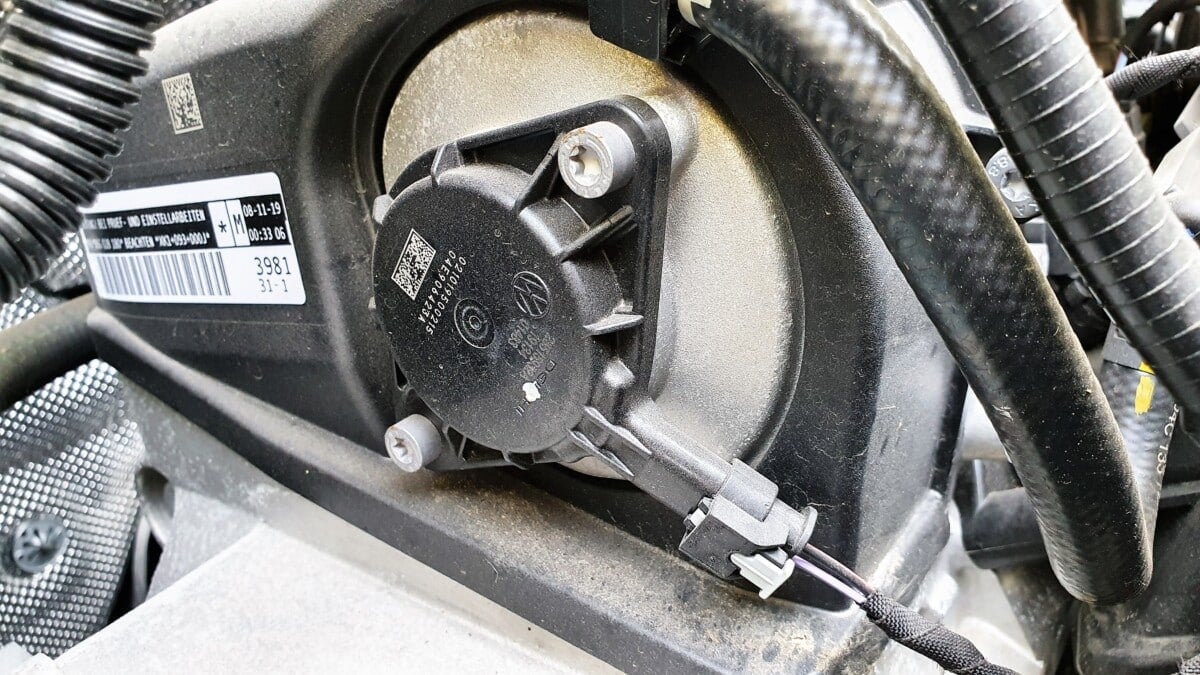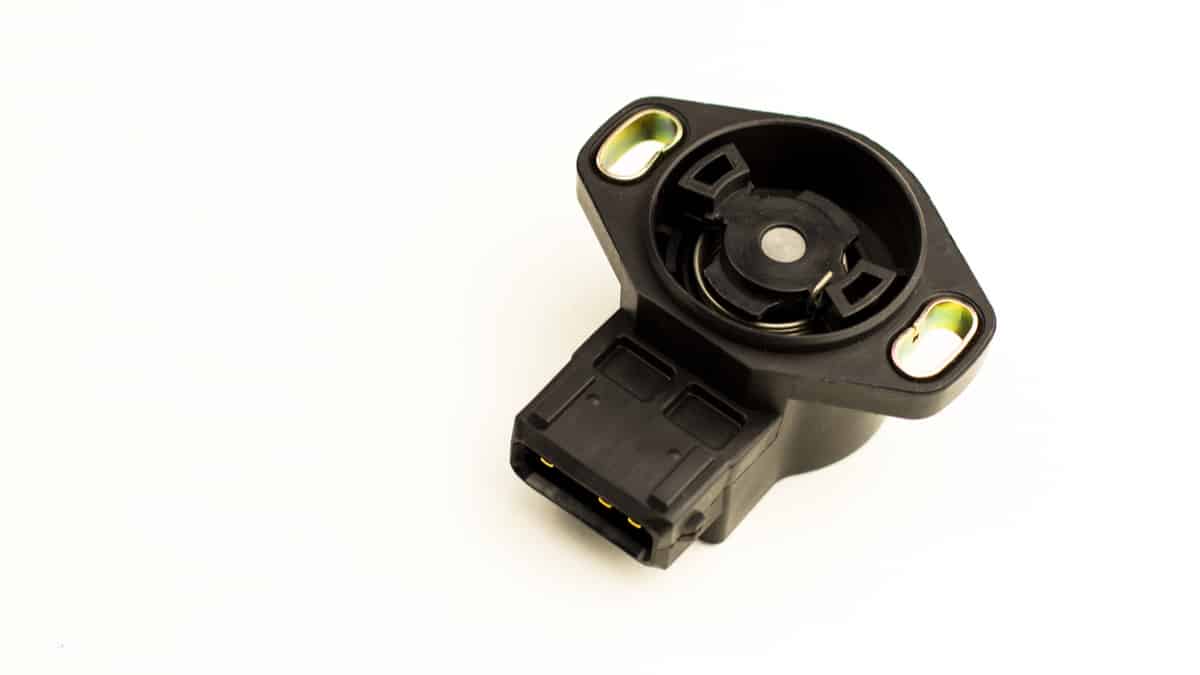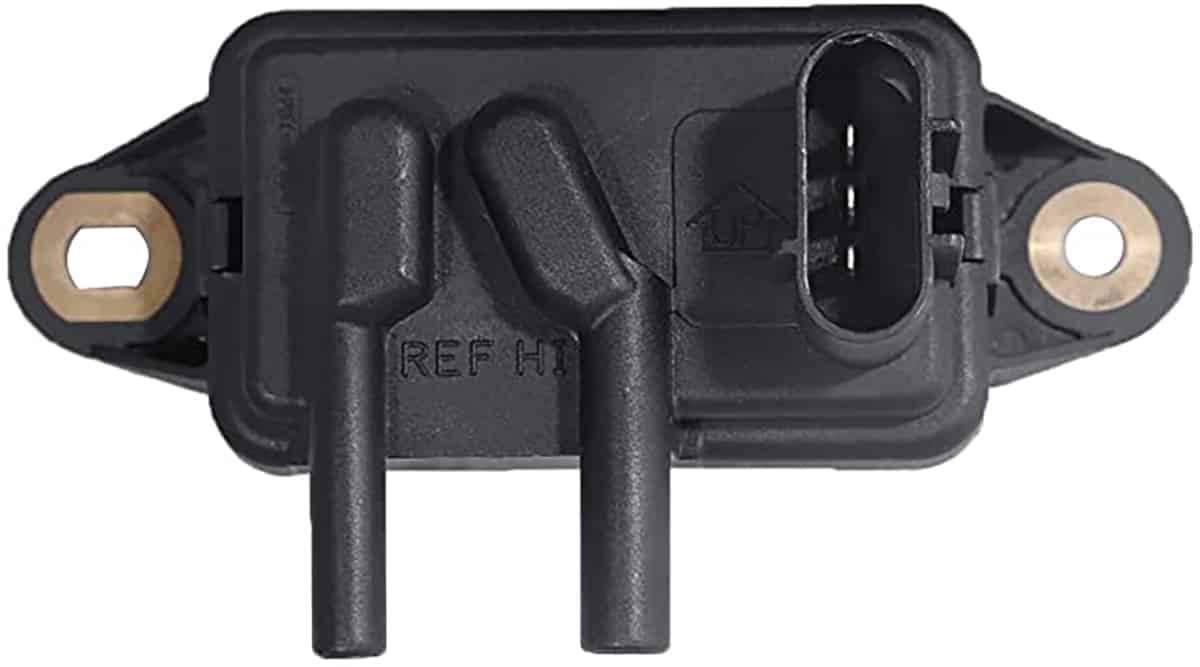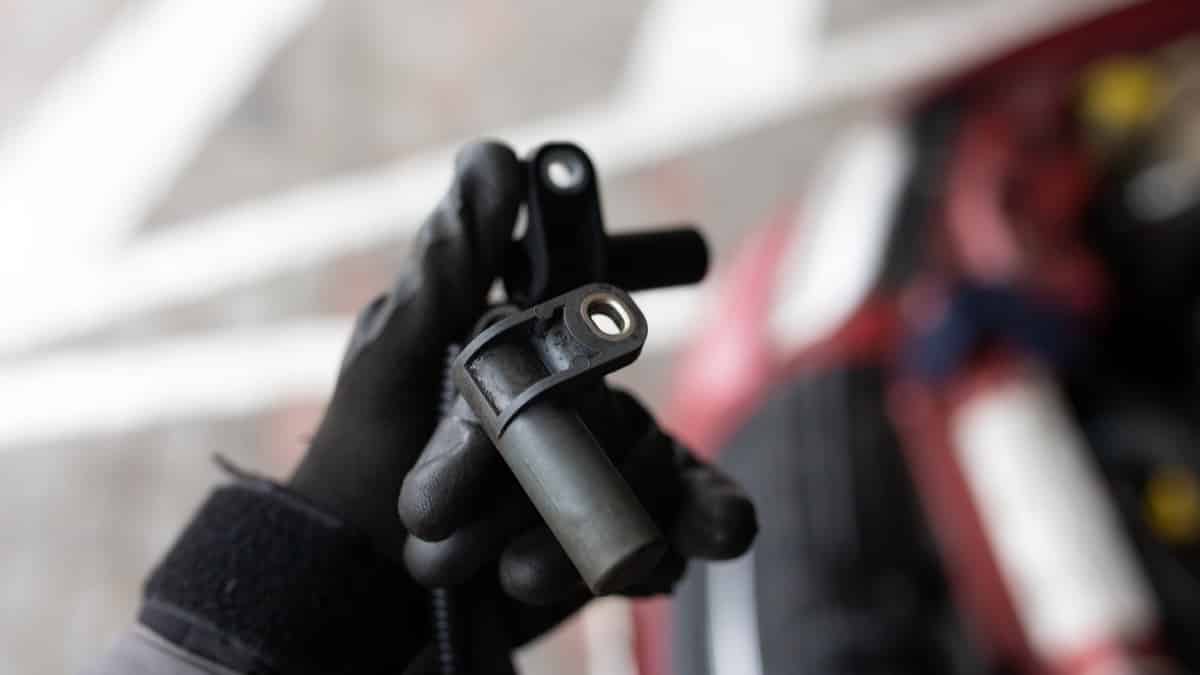The manifold absolute pressure sensor, also known as the MAP sensor, is an important part of the car’s engine management system.
The MAP sensor is found in vehicles with fuel injection, and the primary function of the MAP sensor is to provide the Powertrain Control Module (PCM/ECM) with information about the pressure in the intake manifold.
Like every sensor in your vehicle, the MAP sensor will wear and tear over time and become damaged, which can lead to incorrect data being transmitted to the engine control module. So what happens when a MAP sensor fails? Here’s a quick overview of the signs to look for.
Symptoms Of A Bad MAP Sensor
The most common symptoms of a bad MAP sensor are bad fuel consumption and a check engine light on your dashboard. You may also notice signs like a misfiring or stalling engine. Rough idle or difficulty starting are also common.
Any problem with the manifold absolute pressure sensor (MAP) will result in improper combustion, damaging the engine and disrupting its performance.
Here is a more detailed list of the signs of a bad or failing MAP sensor you should look for:
1. Check Engine Light
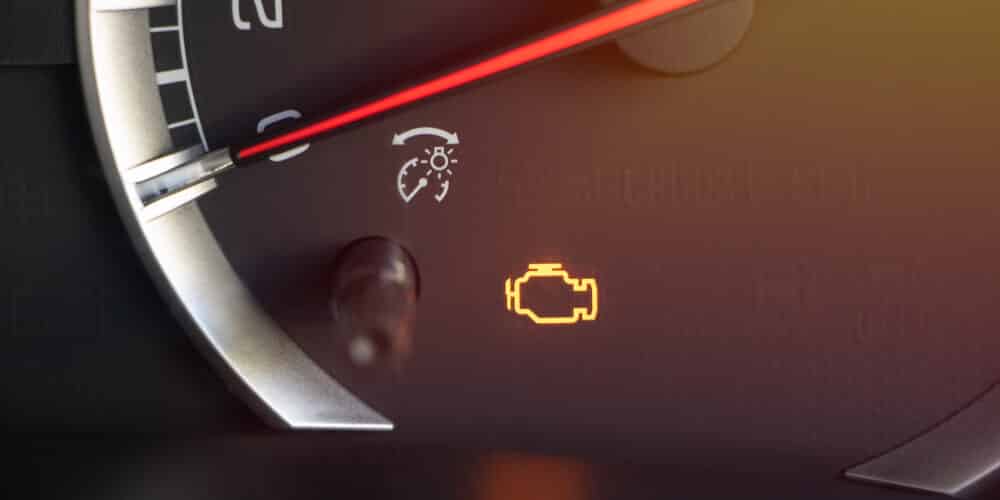
The engine control unit constantly monitors all the sensors in your car engine while you drive the car. If one of these sensors’ values is out of the specified range, the check engine light will show up.
Therefore, if your MAP sensor sends wrong information to the engine control unit, the check engine light will appear on your dashboard.
2. Lean Air-fuel Mixture
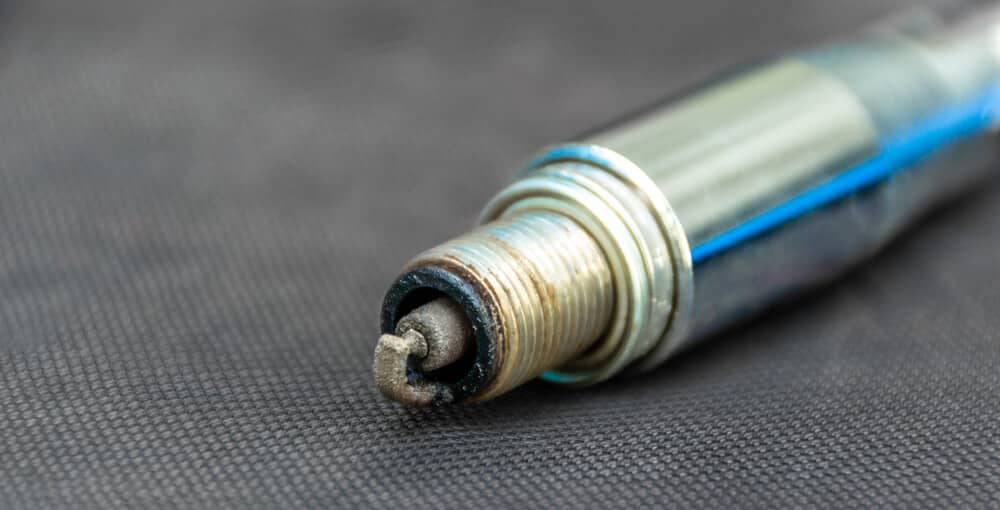
The MAP sensor’s primary purpose is to measure the air pressure in the intake manifold to calculate the right air-fuel mixture for your engine. If the sensor is bad, it may cause your engine to get a too lean air-fuel mixture.
Lean fuel mixture can cause many strange symptoms in your engine, which you will find further down in this list.
3. Rich Air-fuel Mixture
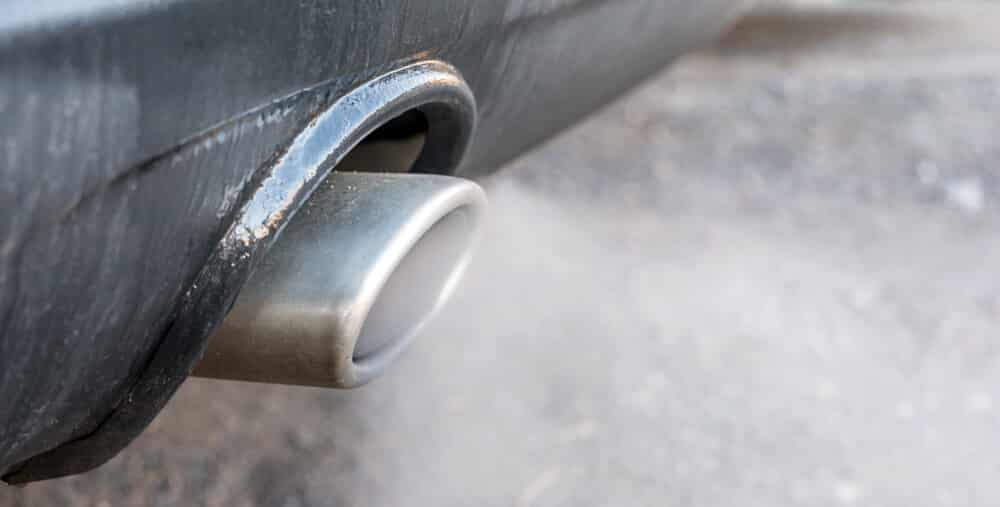
The same thing applies the other way around as well. If the MAP sensor is bad, it can also send a faulty signal, which will cause the engine control unit to inject too much fuel into the car engine.
A rich air-fuel mixture will not only cause your fuel consumption to go up, but it will also cause performance problems.
4. Stalling or Rough Idle

If your air-fuel mixture is too rich or too lean, caused by a faulty MAP sensor, you may notice problems at the engine’s idle. When the engine is running at idle, it is very sensitive, and therefore you may first notice a faulty air-fuel mixture at idle.
Many other faulty parts can also cause this, so it should be diagnosed properly before you replace the MAP sensor.
5. Misfires
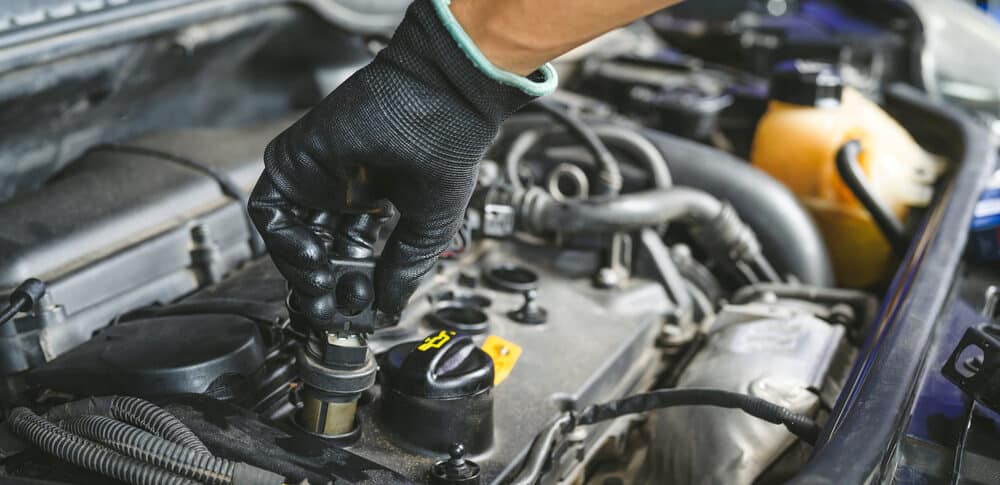
Misfires occur when the combustion inside the engine cylinder fails. This can happen due to a wrong air-fuel mixture or a bad spark. A MAP sensor may actually cause the air-fuel mixture to become so bad that you may notice misfires.
You can often recognize misfires by listening to your engine. If you can hear small bumps or if it doesn’t sound like it usually sounds, it may be caused by misfires.
6. Increased Emission Level
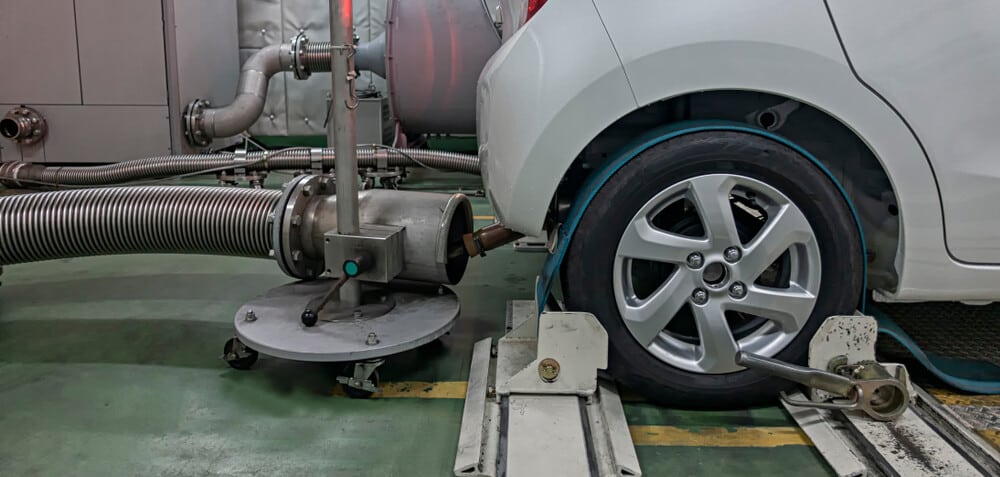
If the manifold absolute pressure sensor (MAP) is damaged, it can send an incorrect signal to the powertrain control module (PCM), indicating a high or low engine load.
To have a good emission level in your car, the air-fuel mixture needs to be perfect. Even a slight error with the MAP sensor may cause the fuel mixture to disturb the emission levels.
7. Bad Engine Performance
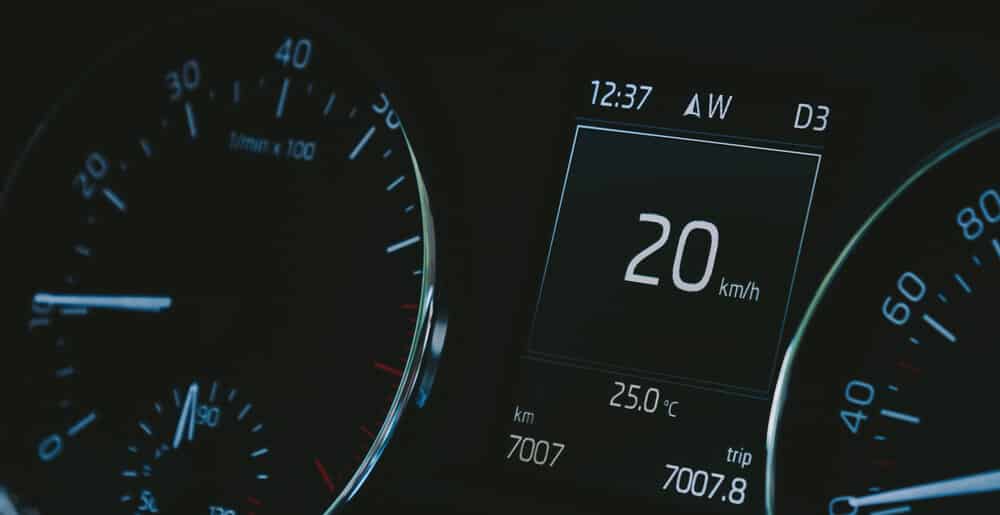
As I mentioned earlier, a faulty fuel mixture will cause the engine performance to drop. A lean mixture usually causes decreased engine performance, but it can absolutely be caused by a too rich mixture as well.
Bad engine performance can also be caused by misfires caused by a bad MAP sensor, as discussed earlier in the article.
8. Backfires
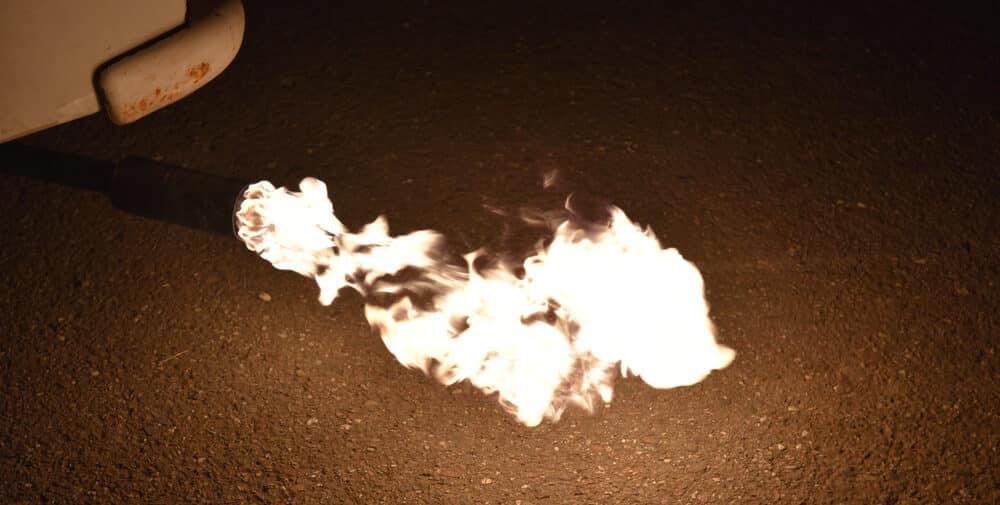
Backfires happen when the fuel going through your engine is not combusted properly. When the fuel is not ignited in the combustion chamber, it may end up in the exhaust pipe. As you may suspect, the exhaust pipe becomes really hot, and this can ignite the air-fuel mixture there.
This will cause loud bangs coming from the exhaust system, and this can actually cause your mufflers, etc., to explode. It can also cause your car to catch on fire if you are unlucky.
9. Hard Starting Condition
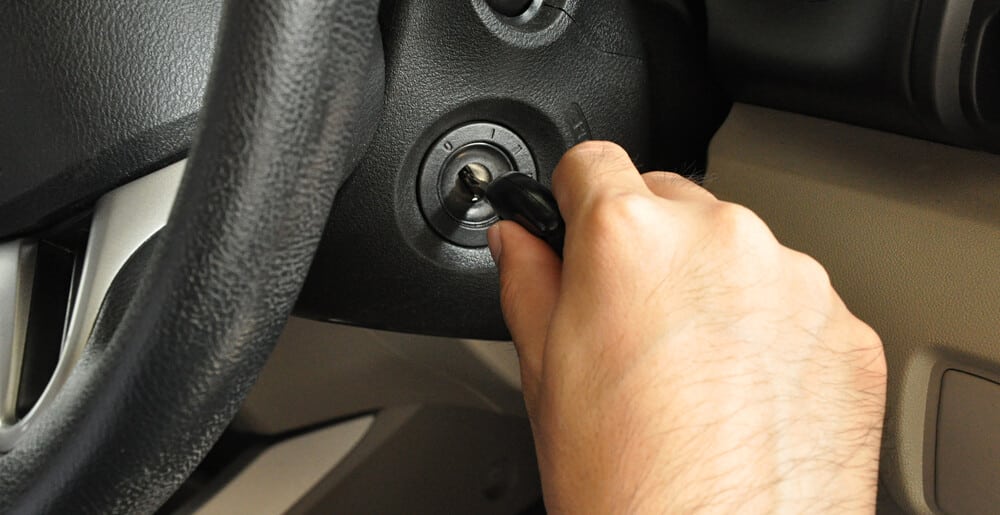
A faulty MAP sensor also causes problems when starting the car. The car’s trip computer uses the MAP sensor to determine the air pressure before starting the engine.
The engine is very sensitive to having the right air-fuel mixture at the starting moment, and therefore, a faulty reading can cause too little fuel to be delivered to the engine. As a result, the engine may not start at all.
10. Changed fuel consumption
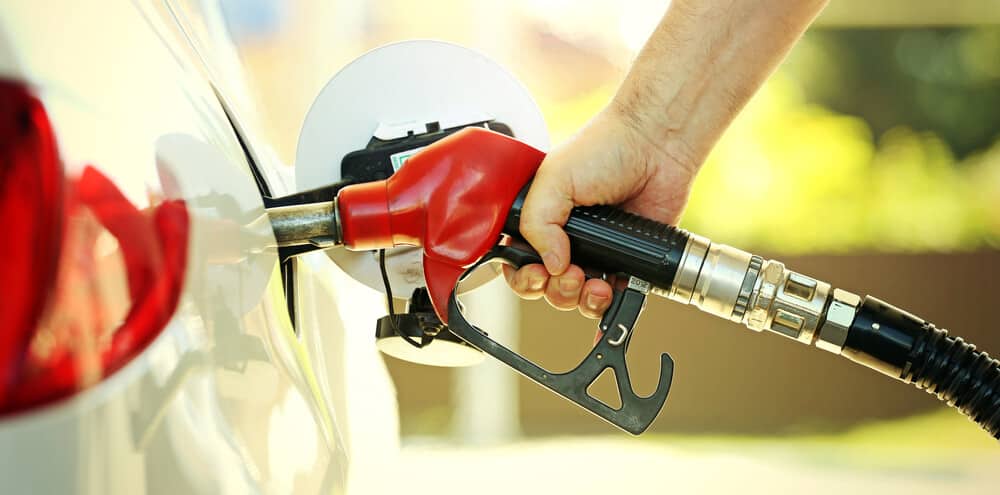
This is most probably the most understandable if you read everything above in the article. A faulty air-fuel mixture caused by a bad MAP sensor will, of course, also cause the fuel consumption to change.
If you notice that your car requires less or more fuel than before, it can absolutely be caused by a faulty MAP sensor.
MAP sensor location
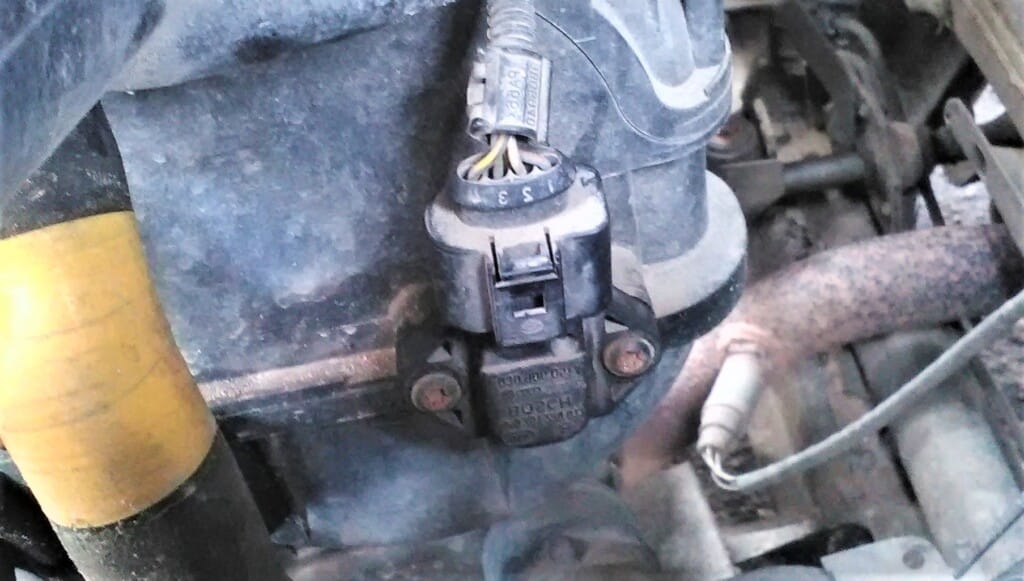
The MAP sensor is located on the intake manifold on most car models. It can also be installed on the car’s body on a vacuum hose going from the intake manifold.
The position of the MAP sensor depends on your car’s design, and it is recommended that you check the exact position of the MAP sensor in your car in the service manual.
MAP Sensor Replacement Cost
The average MAP sensor replacement cost is between $60 and $170, depending on the car model and labor costs. Labor costs between $30 and $70, while the sensor itself costs between $30 and $100,
The MAP sensor replacement is often relatively easy, and this is something you can do yourself at home on most car models. If you have a little bit of car knowledge, you can easily save some money by doing it yourself.
Diagnosing a Bad MAP sensor
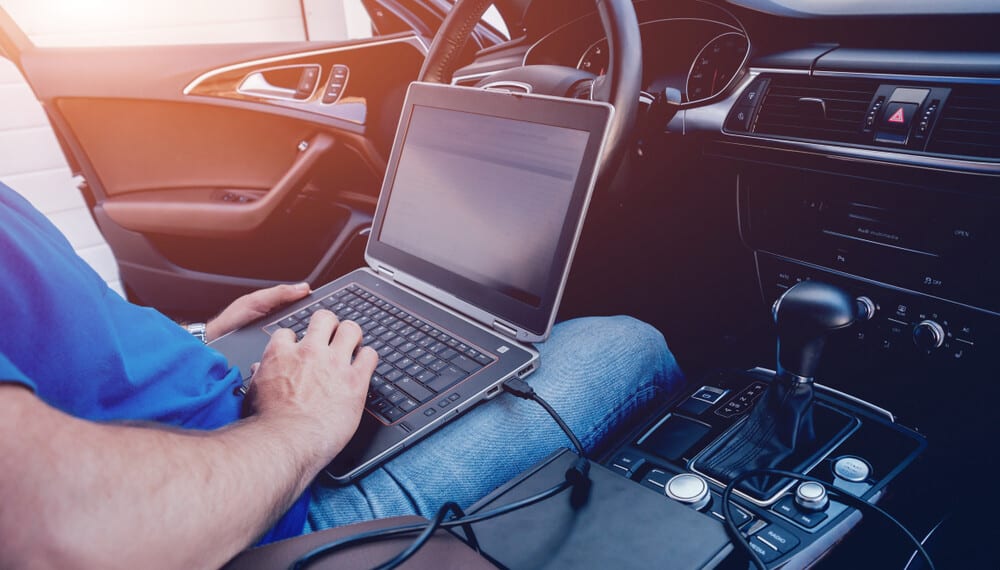
Diagnosis of a faulty or failing MAP sensor can be made by first observing the present symptoms in your vehicle and then conducting a physical test as a diagnostic procedure.
The easiest way to test the MAP sensor is to connect a Diagnostic scanner to check the value of the MAP sensor. When the engine is switched off but the ignition on, you should get a reading of close to 1 bar or 14.5 psi.
Check this video for the procedure of testing a MAP sensor: MAP sensor testing.
Here is a brief step-by-step guide that you can follow to check, test, and diagnose if the MAP sensor in your vehicle has gone wrong.
- Locate the MAP sensor of your engine by checking yourself or referring to the service manual of your vehicle
- Ensure that the vacuum hose attached to the MAP sensor is connected correctly and is in excellent condition.
- Check to see if the connections and the electrical wires are in good condition.
- Clean the sensor with an electronic cleaner and recheck the values with your diagnostic scanner.
- Test the MAP sensor after these instructions.
- Measure the wirings between the engine control unit and the MAP sensor.
- Replace the MAP sensor if faulty, otherwise repair wirings.
Can I drive my car with a bad map sensor?
A bad map sensor causes the air-fuel mixture to get too lean or too rich. This can cause your engine to have performance problems, so it is not recommended to drive with a bad map sensor. If your car is running fine, you can drive slowly to the closest repair workshop.
How can you tell if a map sensor is bad?
You will mostly notice a bad MAP sensor by seeing a check engine light on your dashboard. By using a diagnostic tool, you can check the values the MAP sensor sends to the ECU to determine if it is bad or not.
How much does it cost to fix a map sensor?
The MAP sensor itself is often relatively cheap, and you can usually replace it yourself at home. The cost of the sensor is 30-70$, and the labor work 30-100$.
Can a map sensor be cleaned?
Yes. There will often be soot and other debris on the MAP sensor’s measure head over time. This can usually be cleaned with an electrical cleaner. Be careful that you do not damage the sensor. In some cases, you have to replace the sensor.
Categories: Engine







